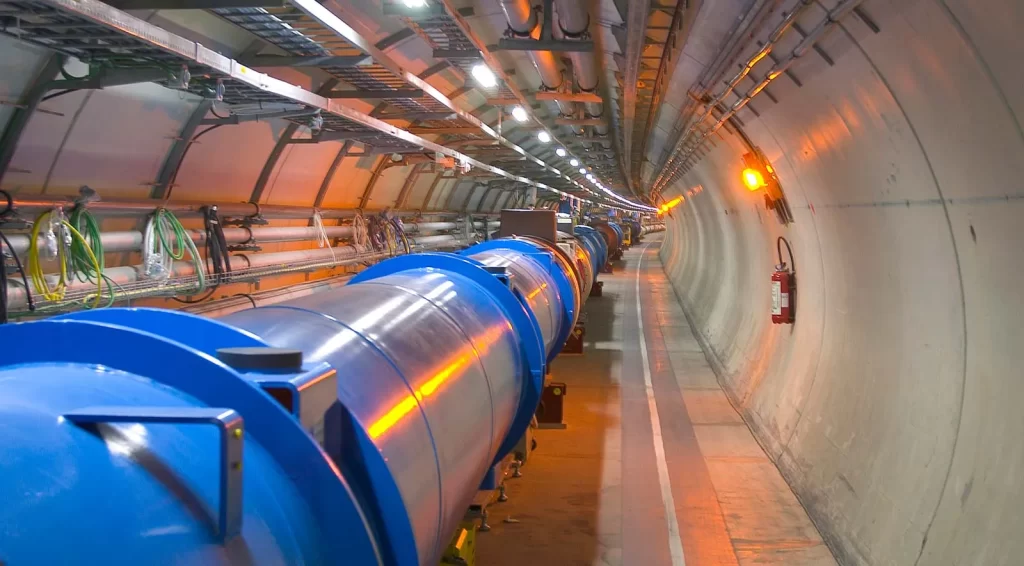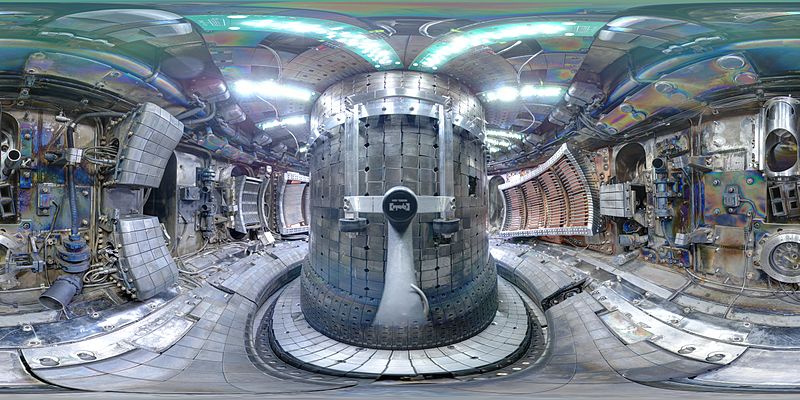China Says it’s Created a ‘Particle Beam Cannon’ That Will Transmute Nuclear Waste and Create Energy

(EnviroNews World News) — Chinese scientists have reportedly completed the prototype for a “particle beam cannon” being touted as a technological breakthrough that will recycle the dangerous radioactive waste produced by nuclear reactors. The technology is said to enable a new kind of reactor that will recycle spent fuel to make the creation of nuclear power both safer and less costly.
The Chinese Academy of Sciences’ Institute of Modern Physics has been working on the project with significant investment by the Chinese government in pursuit of more advanced nuclear energy systems. The particle beam cannon is categorized as an accelerator-driven system that is being further billed as a self-terminating process that won’t run the risk of a potential chain reaction or meltdown. This system utilizes a proton accelerator to launch protons at a heavy element target that’s surrounded by spent fuel and fresh fissile material. This process splits the target apart to release neutrons that get absorbed by the spent fuel, which then turns into the fissile heavy isotopes that constitute nuclear fuel.
China has been outspending the United States in nuclear research, with the U.S. Department of Energy (DOE) awarding less than $900 million since 2009 on projects to develop nuclear infrastructure. China meanwhile has further plans to invest nearly $10 billion into a new fleet of ocean-bound floating nuclear power plants. The wisdom of staging nuclear power plants at sea will likely be hotly debated. Japan is currently planning to start dumping more than 1.2 million tons of wastewater into the Pacific Ocean in 2023 from the Fukushima nuclear plant’s 2011 meltdown — a highly controversial plan to say the least.
China has also greenlit six new nuclear reactors in a shift away from coal burning energy plants, with a $19 billion investment aimed at helping to double the country’s nuclear power by 2030. China’s President Xi Jinping made a pledge in 2020 to transform China from the planet’s top producer of CO2 emissions to becoming carbon-neutral by 2060.
The DOE meanwhile has established a new $20 billion Office of Clean Energy Demonstrations that is reportedly intended to develop new energy innovations. Both the US and China are continuing the quest for nuclear fusion in a technological race that could determine how damaging the climate change crisis will be.
“Fusion is probably the greatest technical challenge humanity has ever taken on…How close it is depends not on time, but on the will, the investment and the commitment of resources to actually get there,” acclaimed scientist Arthur Turrell told Inside Climate News last year.
Turrell holds a PhD in Plasma Physics from Imperial College London and is author of The Star Builders – Nuclear Fusion and the Race to Power the Planet. He went on to explain that fusion could be used to power innovative carbon capture systems that would enable the world to begin reversing some of the environmental damage being caused by climate change.

A team of experts from the International Atomic Energy Agency (IAEA) believe that nuclear power can be the pivotal solution in the global quest to decarbonize humanity’s energy systems to mitigate the climate change crisis . Others however continue to warn that nuclear power is not the solution. Nuclear power expert Arnie Gundersen has analyzed that building new nuclear power plants would not deliver the carbon savings needed to make a significant difference in the climate change problem.
“Global climate change is a contemporary problem that requires contemporary solutions. Governments would make the CO2 problem worse by allocating precious resources for nuclear energy to reduce CO2 when the cost of such proposals is unknown and when implementation only begins in 2030,” Gundersen wrote in 2016. “Building new nuclear power plants applies a 20th century technology to a 21st century problem. Moreover, building nuclear reactors in a trade-off for CO2 reduction creates a toxic legacy of atomic waste throughout the world.”
Radioactive waste and the ongoing failure to figure out how to dispose of that remains a major obstacle for the nuclear industry. A genuine technological breakthrough that makes nuclear fusion a scalable reality could conceivably alter the equation in nuclear power’s favor. But when that breakthrough might actually occur remains nebulous at best.
EDITOR’S NOTE: The picture atop this article is not of China’s actual particle beam cannon as no such photos have been made publicly available. The photo represents a large-scale hadron particle collider.
FILM AND ARTICLE CREDITS
- Greg Schwartz - Journalist, Author



